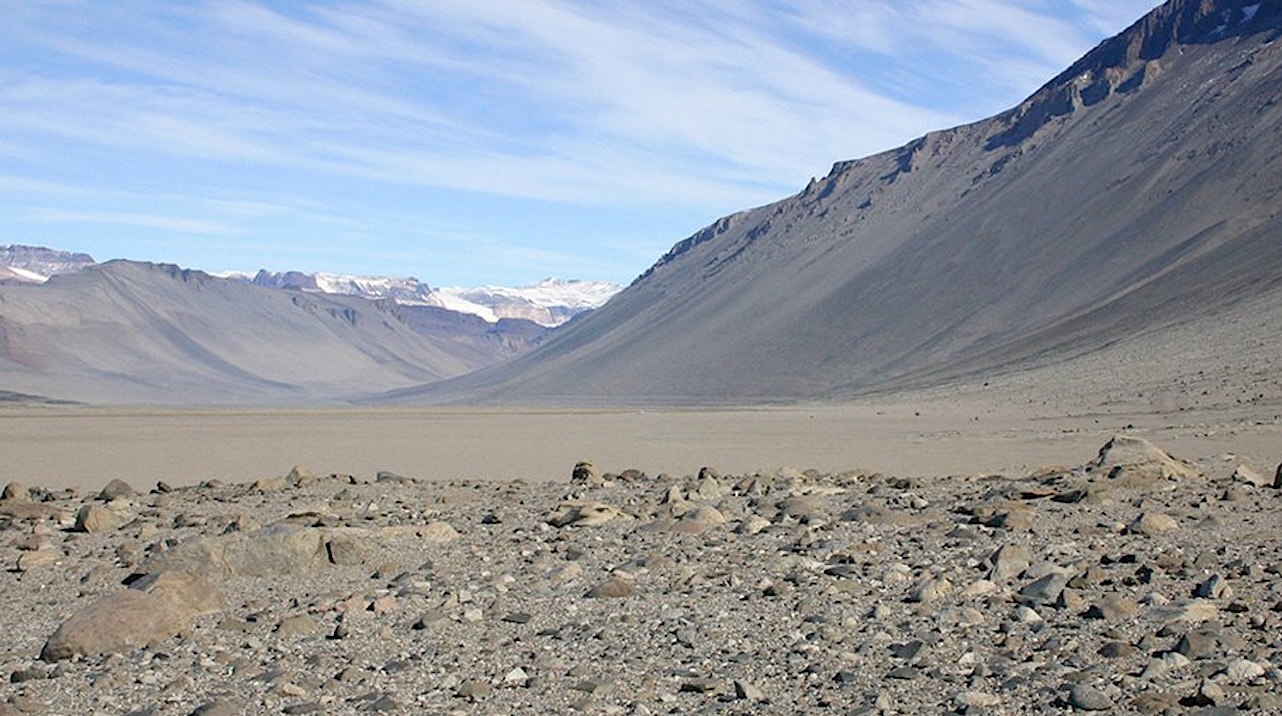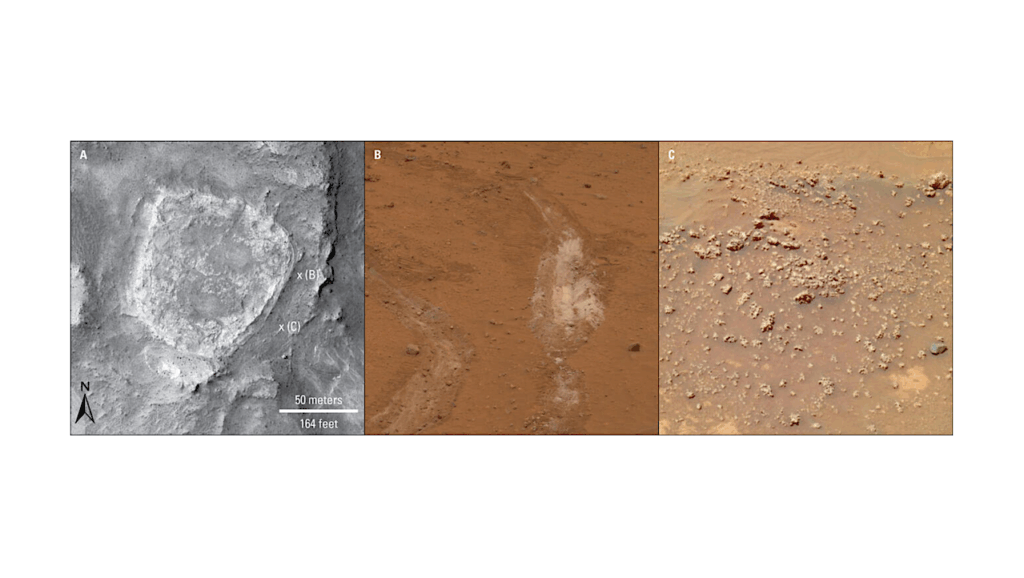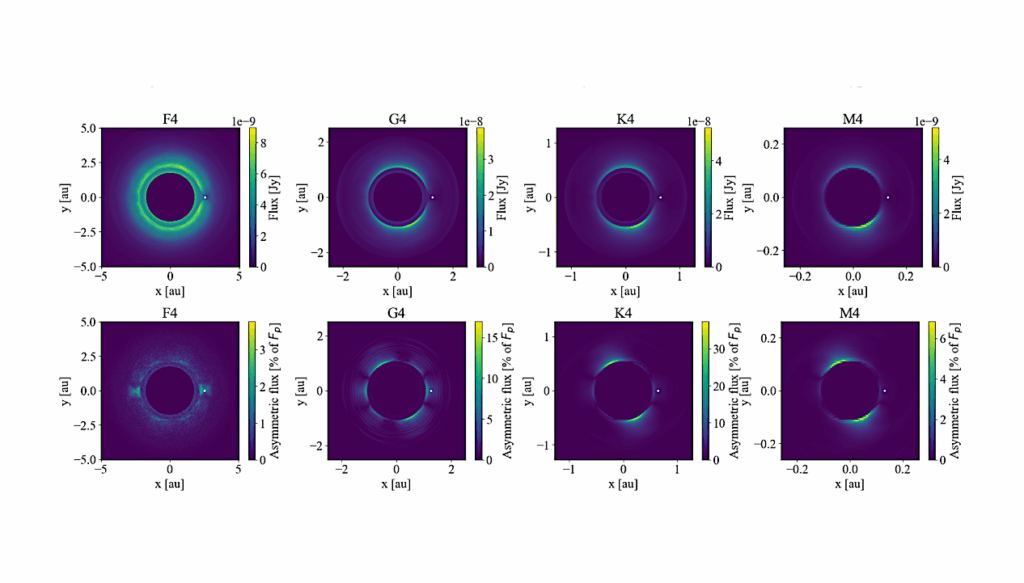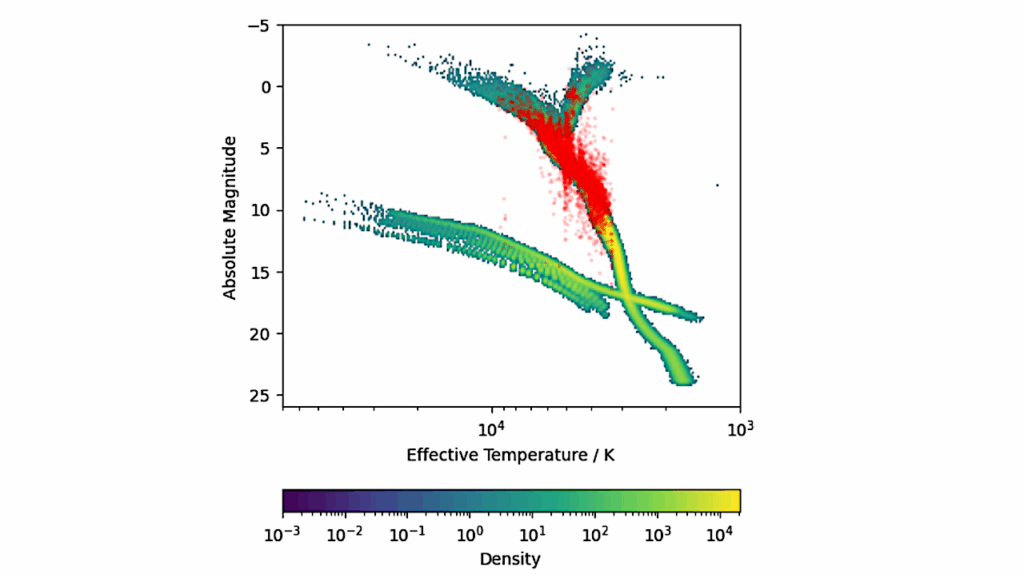Now Reading: Humidity Enhancement in Dry Permafrost: The Effects of Temperature Cycles on Habitability
-
01
Humidity Enhancement in Dry Permafrost: The Effects of Temperature Cycles on Habitability
Humidity Enhancement in Dry Permafrost: The Effects of Temperature Cycles on Habitability


McMurdo Dry Valleys, Antarctica. — NASA
The search for life in the solar system often focuses on water and on environments where habitable conditions exist, persistently or occasionally.
In this search, dry permafrost (ice-free frozen soil) has received minimal attention. It was previously proposed that within martian dry permafrost the water activity ( 𝑎𝑤, an essential property for habitability) could be enhanced by diurnal thermal cycles and water desorption from soil grains, but the details remain unexplored.
We examined 𝑎𝑤 in dry soil (which contained only vapor and adsorbed water) through experiments and numerical simulations and contrasted the results with a habitability threshold for terrestrial organisms ( 𝑎𝑤 > 0.6). We found that heating cycles in a soil raised 𝑎𝑤.
As water vapor desorbs from warming soil grains, it diffuses toward cooler adjacent soil, where a fraction of this incoming vapor enhances the local 𝑎𝑤. In laboratory tests with loess and clay soils, we observed 𝑎𝑤 to increase by 0.06–0.12. Extrapolating from laboratory to permafrost conditions by using numerical simulations, we found that some Antarctic soils can be boosted periodically into a habitable range.
In contrast, the current martian climate is too dry or cold for this 𝑎𝑤-enhancement process to impact habitability. However, high-obliquity periods on Mars are analogous to the Antarctic case.
Humidity Enhancement in Dry Permafrost: The Effects of Temperature Cycles on Habitability
Astrobiology via PubMed
Stay Informed With the Latest & Most Important News
-
 012024 in Review: Highlights from NASA in Silicon Valley
012024 in Review: Highlights from NASA in Silicon Valley -
 02Panasonic Leica Summilux DG 15mm f/1.7 ASPH review
02Panasonic Leica Summilux DG 15mm f/1.7 ASPH review -
 03How New NASA, India Earth Satellite NISAR Will See Earth
03How New NASA, India Earth Satellite NISAR Will See Earth -
 04And Thus Begins A New Year For Life On Earth
04And Thus Begins A New Year For Life On Earth -
 05Astronomy Activation Ambassadors: A New Era
05Astronomy Activation Ambassadors: A New Era -
06SpaceX launch surge helps set new global launch record in 2024
-
 07Space Force plans new ‘Futures Command’ amid pressure to speed up modernization
07Space Force plans new ‘Futures Command’ amid pressure to speed up modernization




















